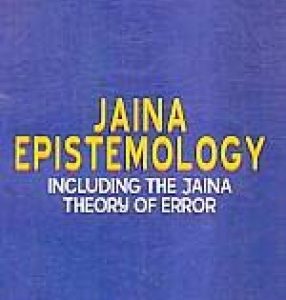
Aditya Prakashan

196 books


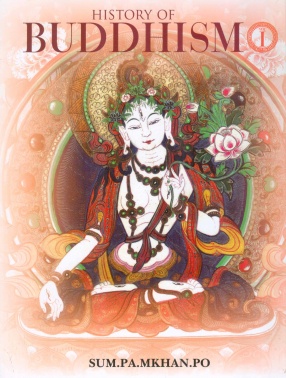
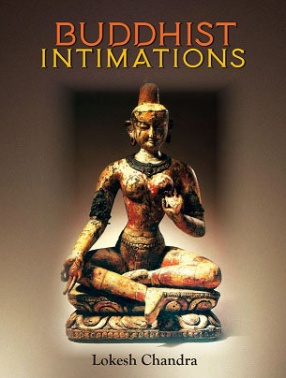
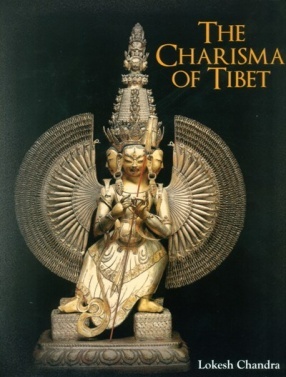
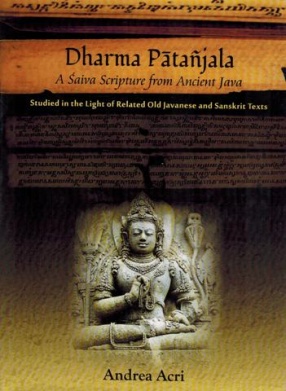
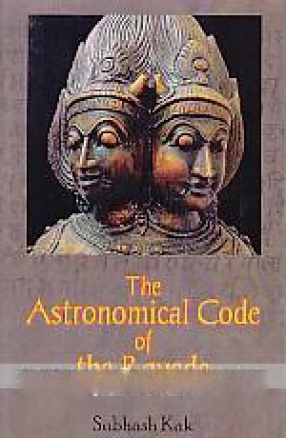
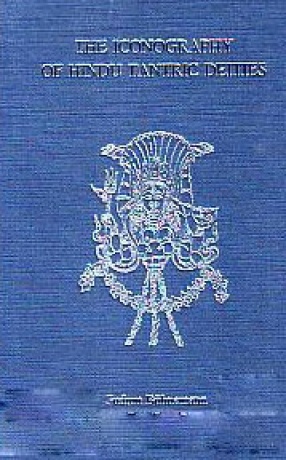

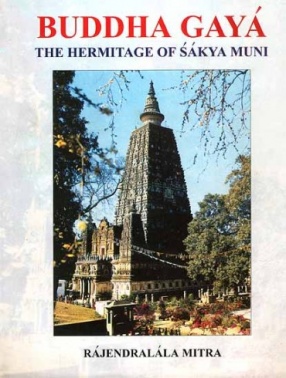
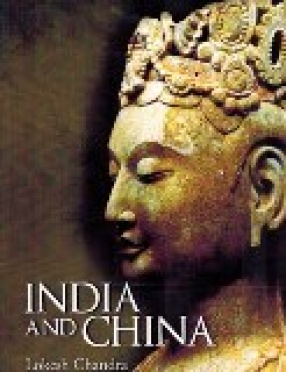
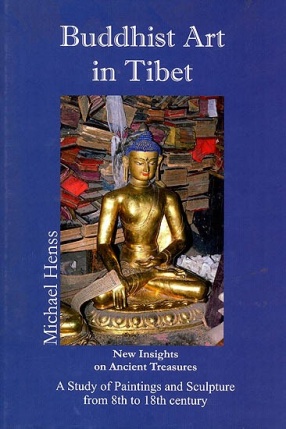
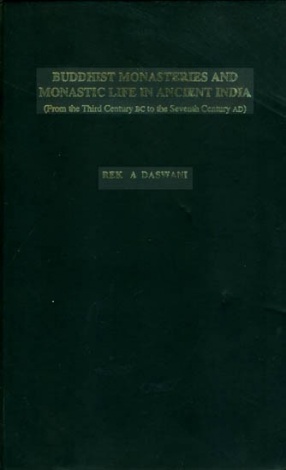
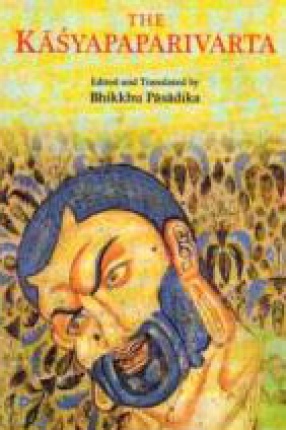


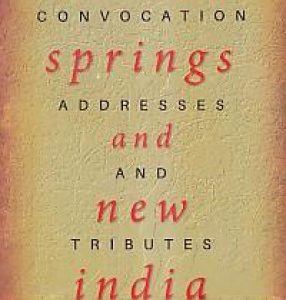



In 1908 Sarat Chandra Das published the Pag Sam Jon Zang by Sumpa-khampo. It has been hailed by Prof. G. Tucci: “It was composed with a wise and discriminating choice of older sources. Its purpose is to be a summa of Tibetan historical traditions, in which chronicles and myths, saints’ lives and cosmogonic legends, political changes and religious doctrines (lugs gnis) meet”. The importance of the work lies in passages quoted from the works of ...

The book begins with a new interpretation of the history and nomenclature of Nalanda. Magadha as the inspiration of Buddhist art, the political perceptions of Asoka, Oeso on Kushan coins, the name Konarka as a Tocharian word, Sanskrit and Indology as the Indian Renaissance, Sharada and Kangra scripts, the word Roma for gypsies and references to them in Indian sources are some highlights of Indian art and Buddhism. Bhæumiputra in Khotan, Buddhist sites in ...

The Charisma of Tibet is the flowering (padma) of the jewelline (mani) Dharma (om) in its depths (hum). This book surveys problems beginning with the statue of the Chinese Queen in the Potala, the role of Bactrians, the original home and Pure Land of Padmasambhava, the independence of Tibet throughout history, and so on. The 5th chapter begins with Tibet as the source of all the major rivers of Asia, the 6th details historical works, the 7th is the palaeography ...

Lawrence A. Babb's Emerald City provides an intriguing portrait of the gemstone cutting industry of the North Indian city of Jaipur. It focuses on the ownership class consisting mainly of Jains and members of northern India's traditional trading communities. Based on oral-historical investigations of family firms, along with ethnographic observations and interviews, the book describes how the industry is organized, when and how it developed its characteristic ...

The book presents a thoroughly revised edition, English translation, and study of the Dharma Patanjala, an Old Javanese-Sanskrit Saiva scripture transmitted through a single palm-leaf codex of West Javanese origin dating back to the 15th century AD. The cultural and doctrinal background of the text, as well as its codicological and philological aspects, are introduced in Part I. Part II presents an annotated diplomatic edition of the text with facsimile ...
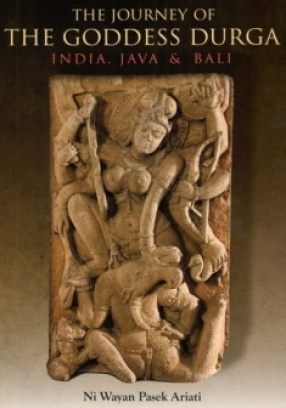
Written by a Balinese historian this volume traces the long journey of images of the goddess Durga within India in the 1st millennium CE and then the long evolution of these images in Java and Bali beginning c.700 CE in the Early Mataram kingdom of ancient Java. In addition to being a historical study this volume also documents the author's personal journey. Raised in a rural village of Bali, the author experienced images of Durga as an awe-inspiring and ...


The Vrttamalastuti or Praise in the Form of a Garland of Metres Counted by Syllables is a unique piece of literature composed by Jnanasrimitra, who taught Buddhist philosophy and other subjects at the university of Vikramasila in the first half of the 11th century. This work illustrates 150 metres in the form of a hymn, as indicated by its title. The addressee is the Bodhisattva Manjusri. With great ingenuity Jnanasrimitra manages to include the name of each ...

The Iconography of Hindu Tantric Deities, deals with the iconography of Hindu deities as presented in Sanskrit texts. It consists of two volumes in a single binding.


Buddha Gaya is one of the four holiest places of Buddhism. Here Buddha attained Enlightenment after having meditated for 49 days under the Bodhi tree. In the 3rd century BC emperor Asoka built a shrine to mark this spot of Buddha's sambothi. A later stone railing enclosing this shrine survives on from the Sunga period (1st century BC). Sanchi and Barhut depict the shrine on several reliefs. The shrine was replaced by the Mahabodhi temple, begun in the Kushan ...
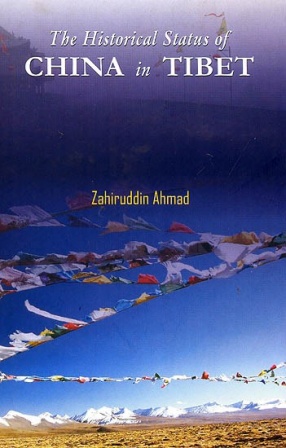
The History of Tibet by Nag-dBan Bio-bZan rGya-mTSHO, the fifth Dalai Lama of Tibet (1617-82), was completed on 14 November 1643. It celebrates the Dalai Lama's coming to power in Tibet in 1642. He sees this event as a new spring in the history of Tibet, to celebrate which he wrote The Song of the Queen of Spring or A History of Tibet.
The notes by the translator, Zahiruddin Ahmad, add to our understanding of the text. For instance, while commenting on the ...

It chronicles the researches of Prof. Raghu Vira, Prof. Lokesh Chandra and their colleagues on the cultural interactions between India and China for the last two thousand years. Philosophy, ritual, painting, sculptures, political concepts etc that evolved in China from the Buddhist world view have been detailed. The expediton of Prof. Raghu Vira to China in 1955 at the invitation of Premier Chou Enlai has been described at length for the first time. Sanskrit ...


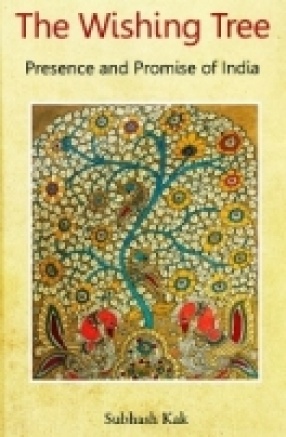

This book contains a) the first Devanagari edition of the Kasyapaparivarta the unique Sanskrit manuscript of which (supposedly written sometime in the 7th or 8th century ce in Khotan) was discovered more than a hundred years ago in Eastern Turkestan, and b) an English translation of this text. It highly esteemed, for there exist several Chinese versions and one Tibetan translation of it. It can be argued with good reason that, together with the oldest textual ...
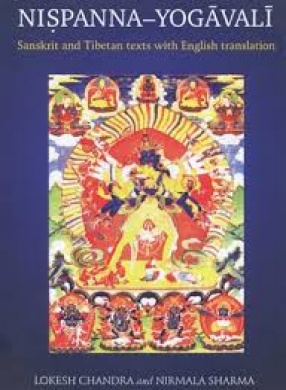
The Nispannayogavali (NSP) has been a major source for the identification and symbolism of the mandalas for the last sixty years. It was written by Abhayakaragupta who headed the great Vikramasila monastery. Born as the son of the King of Singala, he was ordained in the Sarvastivada tradition, and studied the Tantras at Nalanda and Vikramasila. Vajrayogini appeared to him and said: write an extensive ritual of mandalas. He authored a trilogy of texts on the ...

The book is a study of the inscriptions produced during the Classic Age of Central Java to examine the historical evolution of the civilisation there during the eighth and ninth centuries AD. The focus is on the flowering of Mahayana Buddhism in the region under the royal patronage of the Shailendra dynasty. Attempting a systematic and comprehensive review of the Sanskrit inscriptions attributed to the monarchs of the dynasty, it shows that they provide a wealth ...
